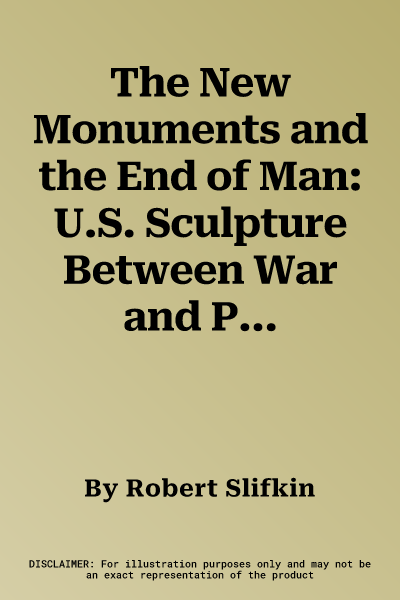How leading American artists reflected on the fate of humanity in the
nuclear era through monumental sculpture
In the wake of the atomic bombings of Japan in 1945, artists in the
United States began to question what it meant to create a work of art in
a world where humanity could be rendered extinct by its own hand. The
New Monuments and the End of Man examines how some of the most
important artists of postwar America revived the neglected tradition of
the sculptural monument as a way to grapple with the cultural and
existential anxieties surrounding the threat of nuclear annihilation.
Robert Slifkin looks at such iconic works as the industrially evocative
welded steel sculptures of David Smith, the austere structures of Donald
Judd, and the desolate yet picturesque earthworks of Robert Smithson.
Transforming how we understand this crucial moment in American art, he
traces the intersections of postwar sculptural practice with cybernetic
theory, science-fiction cinema and literature, and the political debates
surrounding nuclear warfare. Slifkin identifies previously unrecognized
affinities of the sculpture of the 1940s and 1950s with the minimalism
and land art of the 1960s and 1970s, and acknowledges the important
contributions of postwar artists who have been marginalized until now,
such as Raoul Hague, Peter Grippe, and Robert Mallary.
Strikingly illustrated throughout, The New Monuments and the End of
Man spans the decades from Hiroshima to the Fall of Saigon, when the
atomic bomb cast its shadow over American art.

